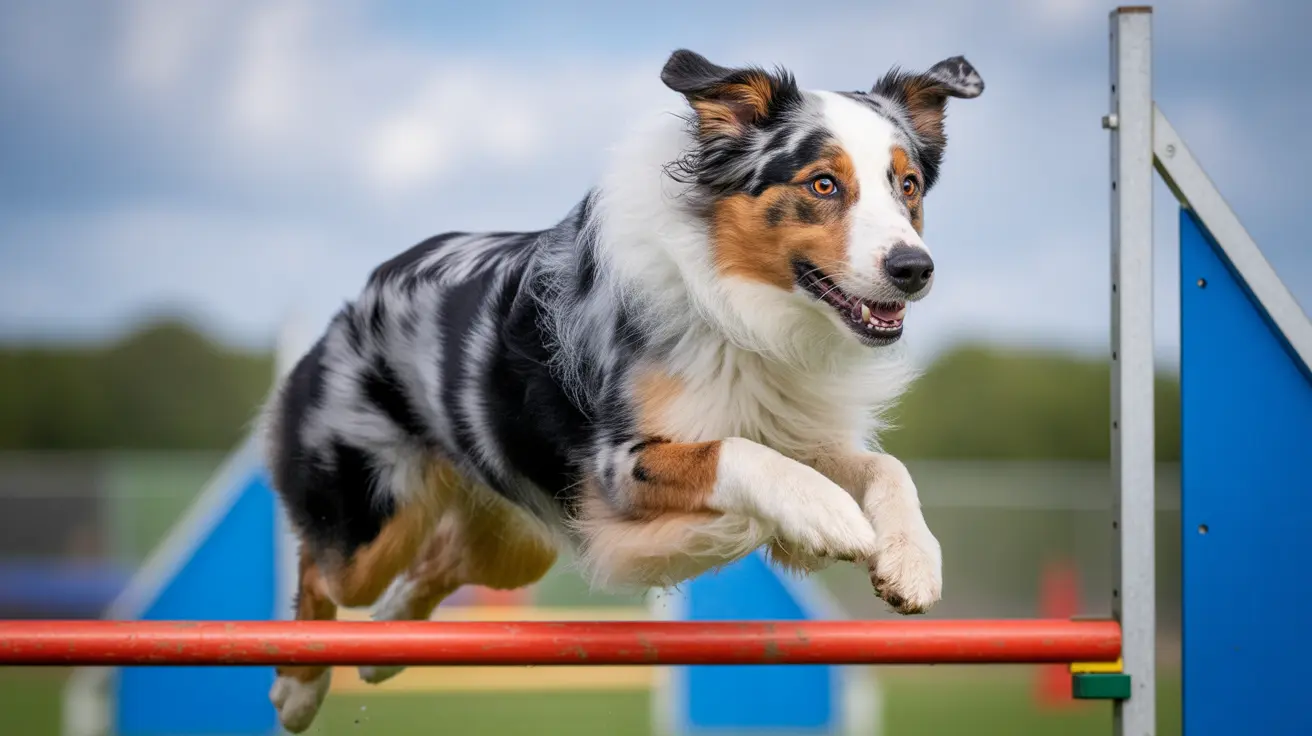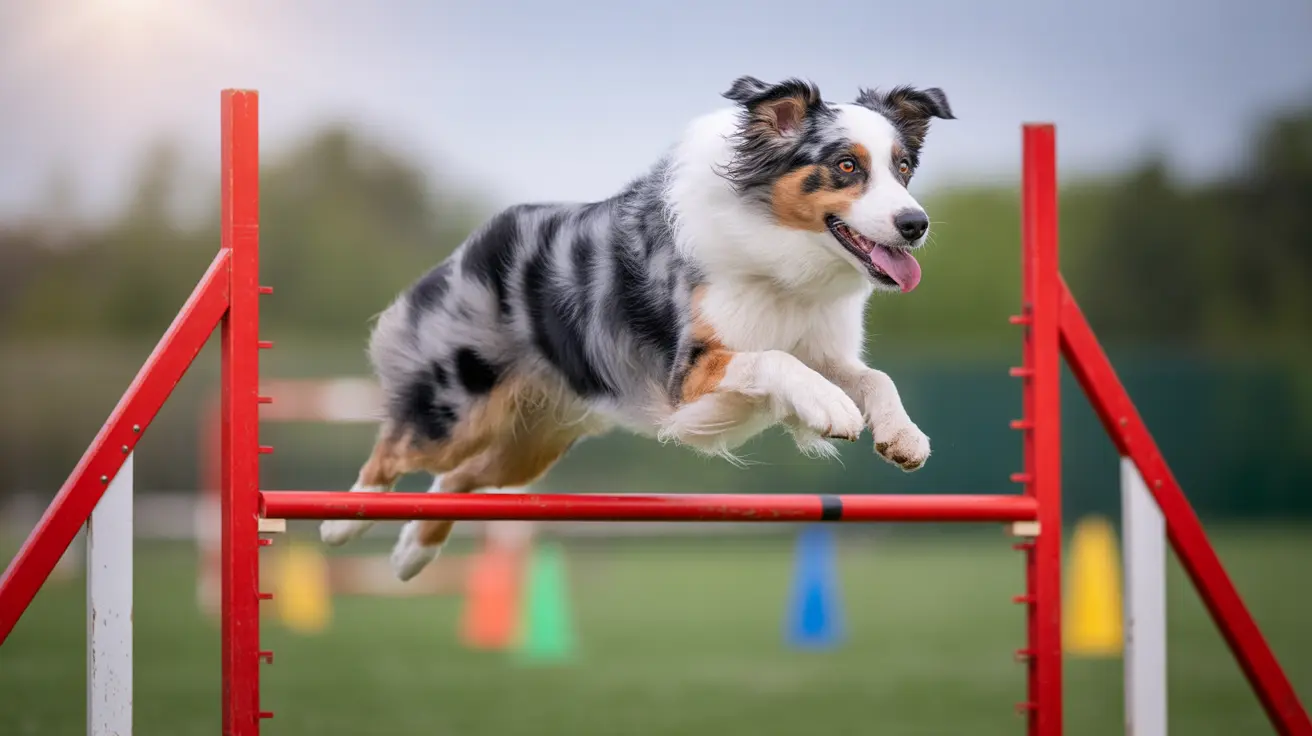The Best Small Non-Shedding Dog Breeds
Many people want a dog that sheds very little—whether to reduce allergies or simply to keep their home cleaner. While no breed is completely non-shedding or hypoallergenic, some small dogs are known for producing much less hair and dander than others. Let's explore which breeds fit this description, what makes them special, and how to care for them.
Understanding Low-Shedding Dogs
Low-shedding dogs typically have hair that grows longer and falls out less frequently. Their coats often trap loose hair until it's brushed out, so while you might not see fur on your furniture, you'll need to brush them regularly. It's important to remember that low-shedding doesn't mean low-maintenance—most of these breeds need frequent grooming to avoid matting and keep their coats in top shape.
People with mild allergies sometimes do better with these breeds because they tend to release less dander into the environment. However, no breed guarantees an allergy-free experience since allergens can also be found in saliva, urine, and skin flakes.
Top Small Non-Shedding Dog Breeds
- Affenpinscher: A tiny German breed with a wiry coat that sheds very little. They’re confident and lively but need regular brushing and occasional hand-stripping.
- Bichon Frise: Famous for its white, curly coat that grows continuously rather than shedding. Frequent grooming is a must; these playful dogs are affectionate companions.
- Biewer Terrier: Similar to the Yorkshire Terrier with a long, flowing tricolor coat that doesn’t shed noticeably. Regular grooming is essential.
- Bolognese: Soft, fluffy white hair grows continuously—regular brushing and trimming are needed. Gentle and calm lapdogs ideal for families.
- Brussels Griffon: Both smooth and rough-coated types shed minimally if brushed regularly. They're loyal and thrive in homes where someone is often present.
- Cairn Terrier: Medium-length wiry hair requires periodic grooming; energetic and playful nature suits active owners.
- Chinese Crested: Comes in both hairless (hair only on head, feet, tail) and powderpuff (soft, fine coat) varieties—both shed minimally but need special care for skin or coat.
- Coton de Tulear: Fluffy “cotton-like” coat doesn’t shed much but needs almost daily brushing to prevent mats; sociable and adaptable personality.
- Dandie Dinmont Terrier: Unique double coat with soft undercoat requires regular hand-stripping; known for its gentle temperament.
- Havanese: Long silky coat is low-shedding but needs frequent brushing; cheerful and sociable demeanor makes them great pets.
- Lhasa Apso: Dense long coat barely sheds but demands regular brushing or trims (many opt for a puppy cut); composed yet loyal dogs.
- Maltese: Long silky single-layered coat drops little hair naturally; regular brushing prevents tangles; small size fits many households well.
- Miniature Schnauzer: Wiry double coat traps loose hairs—regular brushing plus professional grooming maintain their classic look; bright and friendly temperament.
- Poodle (Toy & Miniature): Curly hair traps loose fur so it rarely falls out; needs regular cuts and brushing; highly intelligent and easy to train.
- Scottish Terrier: Hard wiry low-shedding coat benefits from periodic professional grooming; independent yet loyal character suits various families.
- Shih Tzu: Dense long coat sheds very little but mats easily without frequent brushing; gentle outgoing personality fits well in most homes.
- Siliky Terrier / Australian Silky Terrier: Compact lively dogs with long silky coats that shed minimally if groomed a few times per week; intelligent and loyal companions.
- West Highland White Terrier (Westie): Coarse white double-coat sheds minimally with regular hand-stripping; spirited yet affectionate nature makes them popular pets.
- Xoloitzcuintli (Mexican Hairless): Hairless variety is nearly fur-free (needs skin care), while coated type has short fine minimally shedding hair; ancient breed with unique appearance.
- Yorkshire Terrier: Silky human-like hair falls out very little—daily brushing keeps it tangle-free; lively affectionate personalities make them beloved companions worldwide.
Caring for Low-Shedding Dogs
You’ll still need to invest time in bathing, bushing, trimming or clipping depending on the breed’s specific needs. Many require professional grooming every 4-8 weeks. For hairless types like the Chinese Crested or Xoloitzcuintli, skin care—including sun protection—is crucial. Keeping your home clean through vacuuming, air filtration systems, and pet-free zones can further help minimize allergens even with low-shedding breeds around.
A Few Popular Designer Mixes
- Cockapoo (Cocker Spaniel & Poodle mix)
- Labradoodle / Goldendoodle (Poodle crosses)
- Schnauzer mixes like Schnoodle
The shedding level of designer mixes can vary based on genetics—even within the same litter—but those mixed with Poodles often inherit lower-shedding coats. Always meet individual dogs before adopting if allergies are a concern!
The Importance of Temperament & Lifestyle Fit
No matter how appealing a non-shedding coat may be, consider each breed’s temperament, exercise requirements, size, and compatibility with your lifestyle before deciding. Spending time with a breed or individual dog helps ensure the best fit for your family—especially if anyone has allergies or sensitivities at home.





